Apart from the usual variations in store numbers and retail areas, however, one or two shifts occurred. The companies dropping out of the Top 20 home improvement store operators worldwide in 2018 were Hagebau (Germany), Kohnan (Japan) and Rautakesko (Finland), while True Value (USA), the Groupe Mousquetaires (France) and XL-Bygg (Denmark) moved up into this group. Within the global Top 10, Menards (USA) and Bunnings (Australia) swapped places after the Australians lost the sales of the Homebase stores in Great Britain and Ireland.
There were minor changes in the 20 European DIY retailers with the strongest sales too. Epicentr, the market leader in the Ukraine, has appeared in these rankings for the first time, while the French Cofaq Group has disappeared from the Top 20.
The layout of the statistics compendium, for which the editorial team of the DIY International trade journal is responsible, retains the proven format of the last few years. It features a chapter respectively on DIY retailers in Europe and worldwide, then the extensive data section on 31 European countries with the number of stores and retail areas, and finally shorter chapters on the garden market and on e-commerce.
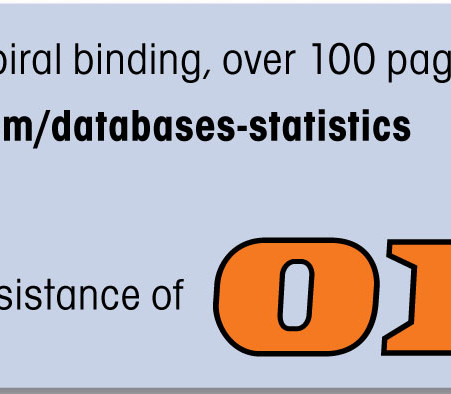

 Menü
Menü




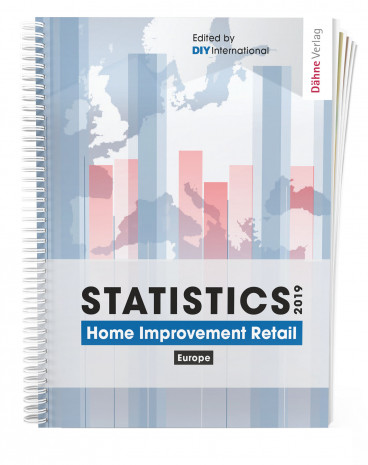



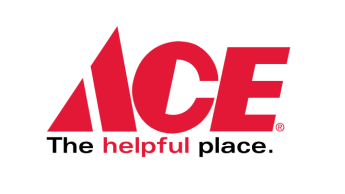
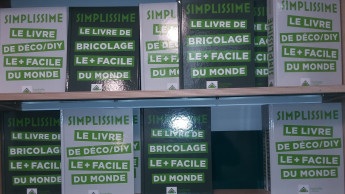



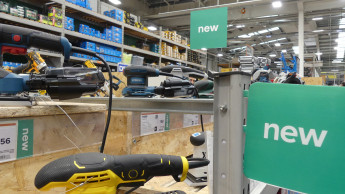
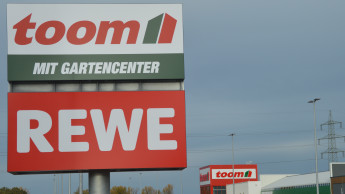

 Newsletter
Newsletter